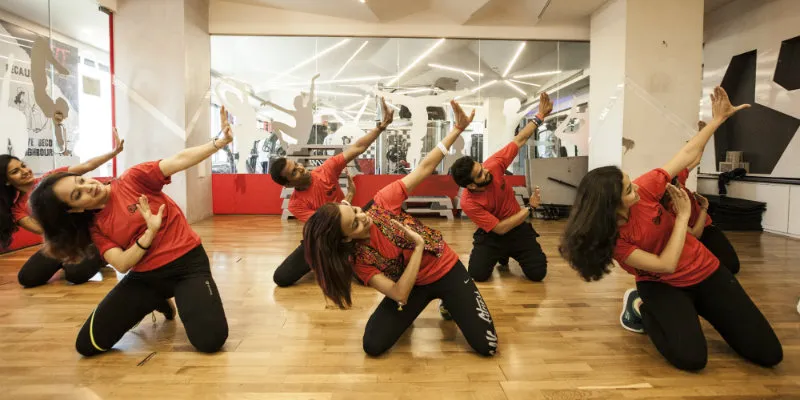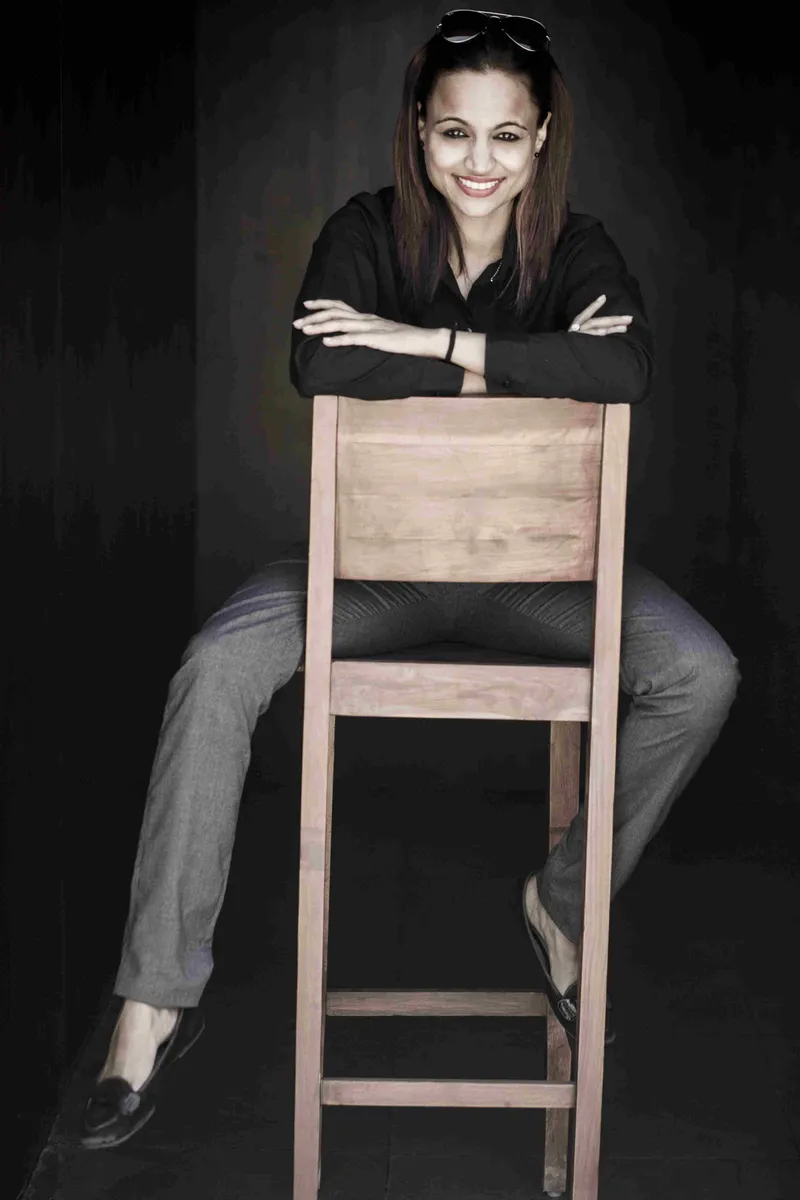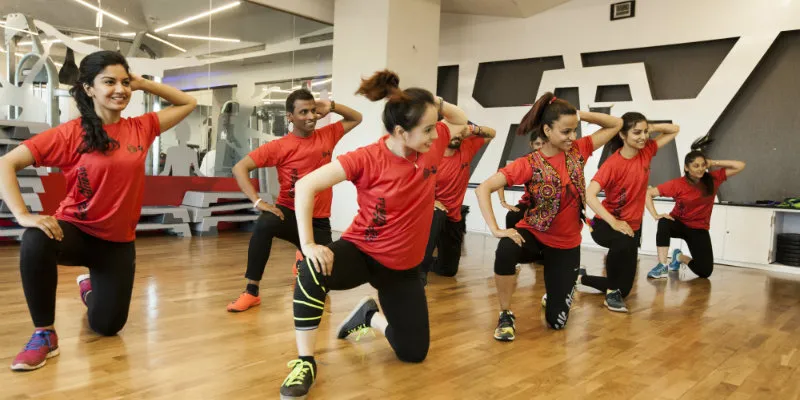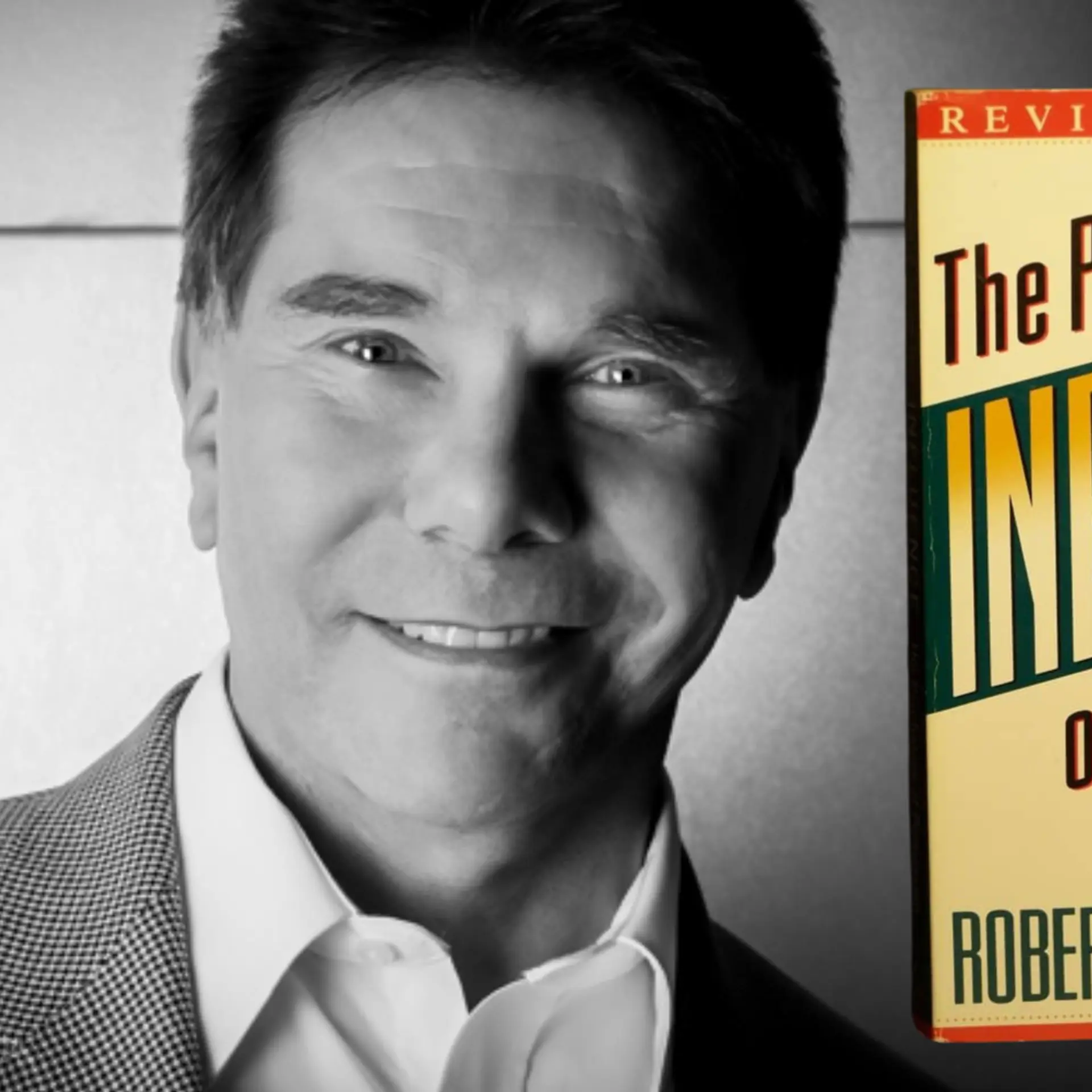Here’s how you can ‘folk’ dance your way to fitness
Co-founded by Aarti Pandey, Folk Fitness is a choreographed workout routine that is inspired by 122 folk dance forms across India.

Dance is a celebration of life! A moving waltz, a spirited cha-cha, the feminine classical Indian ‘mohiniyattam’, a foot-tapping break dance or an incredibly moving ballet... dance, when combined with music, lifts the soul and takes you to a different realm. It has been rightly said, “To dance is to be out of yourself. Larger, more beautiful, more powerful.”
If you are averse to regular forms of exercise, then why not try dancing? Studies have shown that you can burn about 150 calories by doing just 30 minutes of social dancing.
With fitness now a buzzword catching on in the market, those with their pulse firm on the market are devising new, interesting ways to rake in the moolah by peddling the smartest solution to your fitness woes.
Joining the bandwagon is Aarti Pandey with her ubercool Folk Fitness. Folk Fitness is a dance fitness routine that is inspired by 122 folk dances across India.
In an interview with HerStory, Aarti Pandey tells us what the buzz is all about.

HerStory: Why Folk Fitness? How did you come across the idea?
Aarti Pandey: Well, the ideation of Folk Fitness was as gradual and holistic as the concept itself. Having completed my MBA, I immediately started my career in the corporate field. Dance and fitness were always my passion; in my early childhood, I learnt Bharatanatyam, represented my college in folk dances, and later specialised in Latin styles like salsa, bachata, etc. After delivering my first child, which was a difficult pregnancy, the only medium which got me out of depression, was dance. I realised that dance is what I want to give back to society as many women struggle post pregnancy.
So, I started a dance academy in 2010 and extended it to a dance and fitness club “Fiber Fitness” with Manoj Upreti (Co-Founder of Folk Fitness). The four-year entrepreneurial journey after starting Fiber Fitness made the two of us realise that although there’s so much variety in the fitness industry like aerobics, Pilates, Zumba, etc, everything that’s there is an import, nothing purely Indian which people could completely relate to.
This resulted in only a few people adopting fitness in their lifestyle on a long-term basis. That’s how Ashwin Pandey (Co-Founder of Folk Fitness) came on board. We came up with the idea of creating something authentic and from the roots of India. Since our culture is one full of richness and diversity, we had to do something with it incorporating fitness.
“Folk” because it’s a medium to celebrate life. “Folk” because it has a functional workout for every part of the human body and “Folk” because almost every Indian relates to it in some way or another. The idea took more than two years of research, testing and case studies before the current holistic fitness solution came into existence.
HS: What are the folk forms incorporated in this?

AP: Folk Fitness has 122 registered folk dance styles from across India which are incorporated into a high-intensity workout. No other workout routine has that much of variety as the core content. Each folk style has a functional workout but some of the dance styles have slightly more impact on certain muscle groups. We have a dedicated research and development team which works on creating new workout routines for every month with 10-11 new folk dances. Every folk dance has a story to tell, a reason for their existence; the steps are mostly influenced by the occupation of the people and the geographical areas. Some of the folk styles incorporated in this routine include:
Koli (folk dance style from Maharashtra): This from results in the strengthening of the upper body, as well as the lower body.
Garba (one of the most popular folk dances from Gujarat): This style involves plenty of bending that help in the strengthening of the lower back. It is also very useful for the core muscles. Swinging of the arms helps the shoulders. A lot of clap movements involve wrist and forearm movements, thereby strengthening the hands.
Bihu (dance form from Assam): This form does wonders to your body as squeezing of the abdomen helps in the strengthening of the core and simultaneously works on the hamstrings.
Bhangra (popular folk dance from Punjab): We all love this dance form which is exciting and full of vigour. This dance form works great on the shoulders, hamstrings, and the quadriceps, too. Dancers of bhangra carry each other on their shoulders; which can serve as a weight training exercise to an extent.
The beauty of a Folk Fitness routine is that all these dance styles are incorporated into all three of our offerings - ‘yuva’ for adults, ‘nanhe’ for children and ‘pranam’ for the elderly, and not restricted to any particular age category.

HS: How many calories get burned on an average through Folk Fitness?
AP: On an average, you burn around 800-1200 calories in each session. We didn’t want Folk Fitness to be something created on a whim but should have a scientific approach. People should get results from this routine. Not just calorie burning, through Folk Fitness, people have experienced an increase in flexibility and peace of mind.
HS: How has the response been to Folk Fitness?
AP: The journey has been incredible and enriching so far. It hasn’t been a smooth ride completely as many questioned if people would actually enjoy folk music and the idea that folk music is generally slow. But we didn’t let that get to us as we were on a mission to create something of Indian origin. The response was phenomenal that in just one year we have almost 663 Folk Fitness certified trainers across 18 cities in India. Out of this 70 percent are women and I say this with great pride, as this is an encouraging women empowerment initiative as well to a great extent. Folk Fitness is providing employment to individuals across age categories, especially from Tier II cities of India.
We also have Folk Fitness trainers taking sessions in Australia. We are in the Limca Book of Records for being the first Indian holistic fitness concept accredited by international fitness bodies NASM and AFAA.
HS: Who is the youngest and the oldest client that you've had?
AP: Our youngest member would be a child from the Jumpstart School who is just three years old and our oldest member at present is a 47-year-old fitness trainer. The three-year-old child went back home and told his mom with great enthusiasm about the folk dances they learnt at school that particular day. The 47-year-old individual joined our classes only for personal fitness reasons but after a couple of months, she was so inspired by the whole routine that she decided to turn it into a career. She went on to take up our certified training programme and now conducts Folk Fitness classes and shares this passion with others.
HS: What are your future plans?
AP: Our ultimate aim is to take Folk Fitness on the global fitness platform and be the most trusted Indian origin fitness brand globally. Our future plans also include creating job opportunities in the next five years for more than one lakh fitness entrepreneurs, especially women, and encourage women empowerment through this in every city across India and eventually have a fitter India. The strength and the desire to lead any revolution lie in smaller cities of India. There is so much talent, energy and eagerness. Folk Fitness would provide skills through trainer certifications and support them through their entire entrepreneurship journey in the health and fitness sector.
We have also started Folk Fitness Corporate Wellness Solution giving holistic fitness solutions to MNCs and startups in India. This has also driven some of them to get the ‘Best Place to Work’ recognition.







